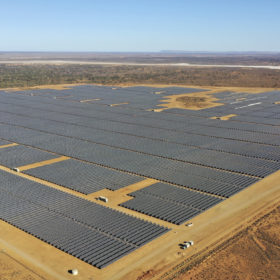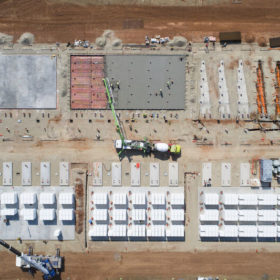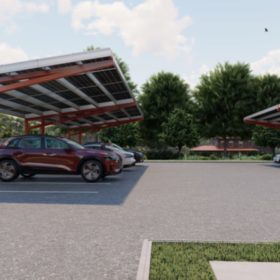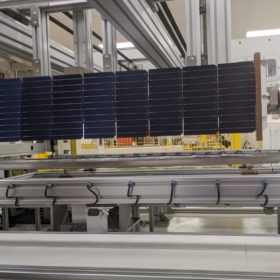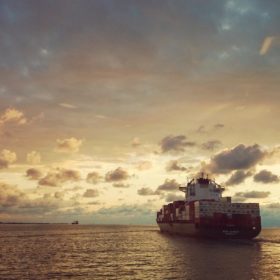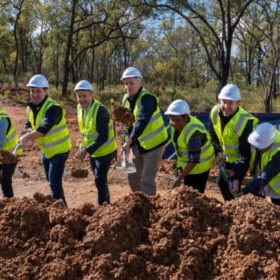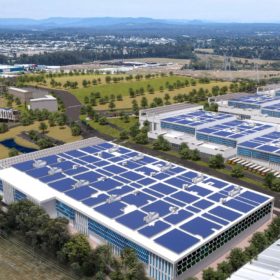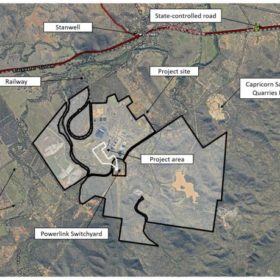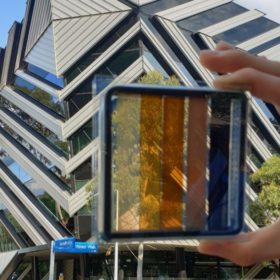Enel looks to sell major stake in Australian wind, solar portfolio
Italian utility Enel is reportedly looking to sell a substantial share in its renewable energy platform, Enel Green Power, to help fund an estimated 3.6 GW development pipeline in the country.
Maxeon partners with Reclaim PV to save panels from landfill in Australia
Solar manufacturer Maxeon Solar Technologies has teamed with Adelaide-headquartered solar panel collection and recycling company Reclaim PV Recycling to recover and recycle SunPower branded solar panels in Australia.
Australian Capital Territory charges ahead with Canberra’s 250 MW big battery project
The Australian Capital Territory government has firmed its commitment to deliver one of the largest battery storage systems in the Southern Hemisphere to support Canberra’s energy grid and the continued uptake of renewables with funding allocated in the upcoming budget to progress the Big Canberra Battery project.
Australian startup unveils scalable shade solution for commercial applications
Canyon Solar has unveiled a prefabricated solar PV shade structure for commercial carport applications that it claims can be installed at least three times faster than traditional systems and outcompetes rooftop solar PV on a dollar-per-watt basis.
Behind-the-scenes look at solar panel production shines light on Australian manufacturing
With the International Energy Agency leading calls to diversify the world’s solar PV supply chain, Australia’s only solar panel maker Tindo Solar has released a video following the manufacturing process at its new $7.6 million production facility in Adelaide.
Shipping costs remain key challenge for solar sector
The solar industry will face elevated shipping costs and supply disruptions for at least another year until the global ocean freight system starts to normalize.
Australian developer begins work on 1.2 GW wind-solar hub
Squadron Energy has started building a 1.2 GW hybrid wind, solar and battery energy storage project in the Australian state of Queensland.
Quinbrook unveils plans for 2 GWh big battery in Australia
Australia’s Quinbrook Infrastructure has unveiled plans to build a AUD 2.5 billion (§1.7 billion) data storage precinct in Brisbane that will be powered by renewable energy. It will include one of the largest battery storage installations in the National Electricity Market.
Australian coal power plant to host massive 1.45 GW/2.9 GWh battery
Queensland government-owned energy generator Stanwell has revealed plans to a build a massive 1.45 GW/2.9 GWh battery storage system alongside the coal-fired Stanwell Power Station in central Queensland as the state government looks to ramp up energy storage capacity to support the transition to renewables.
Semi-transparent perovskite solar cell for window applications
Buildings, particularly those with glass facades, are getting closer to self-powering, according to Australian scientists who recently developed a 15.5%-efficient, semi-transparent solar cell that allows more than 20% of visible light to pass through.

